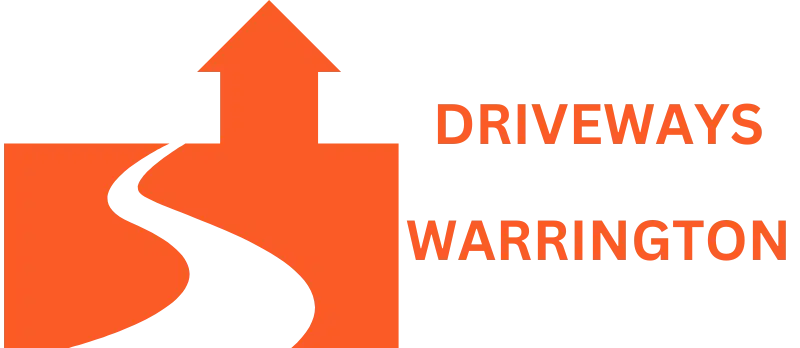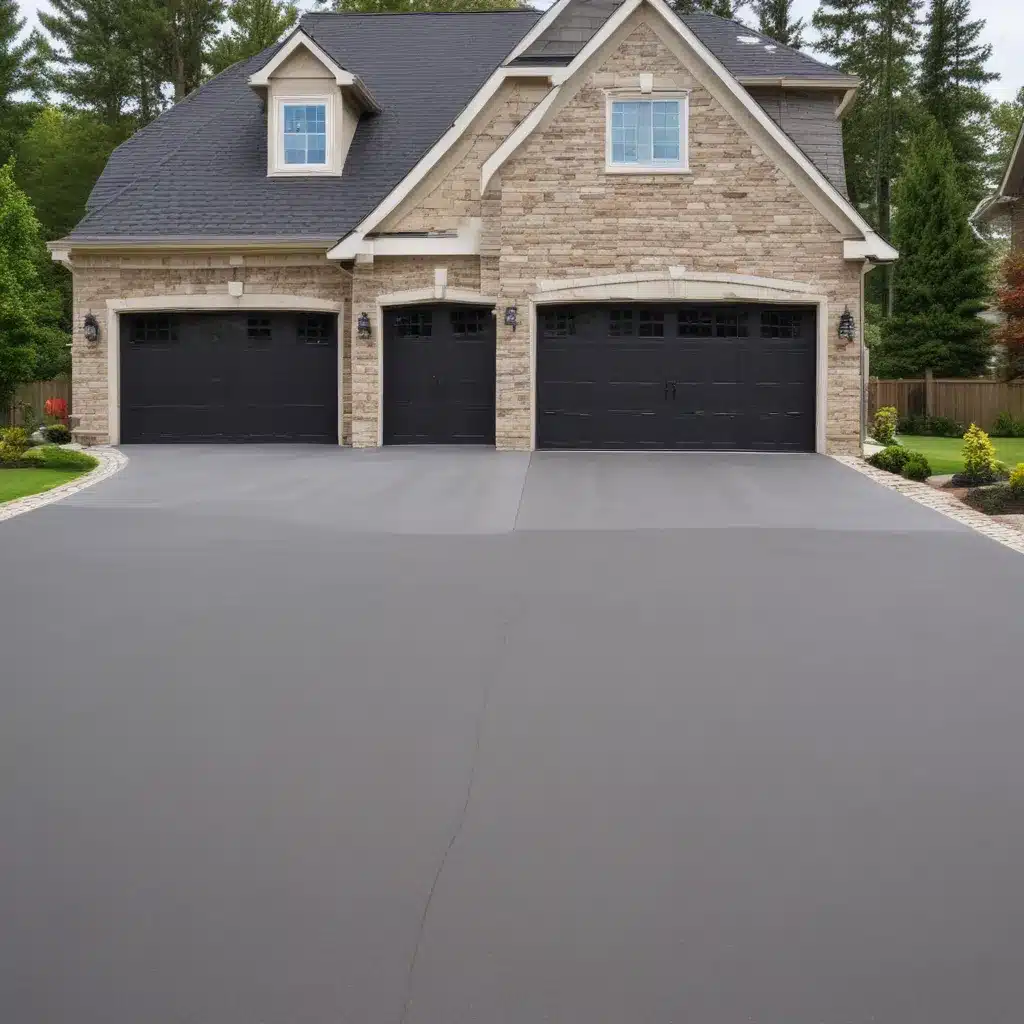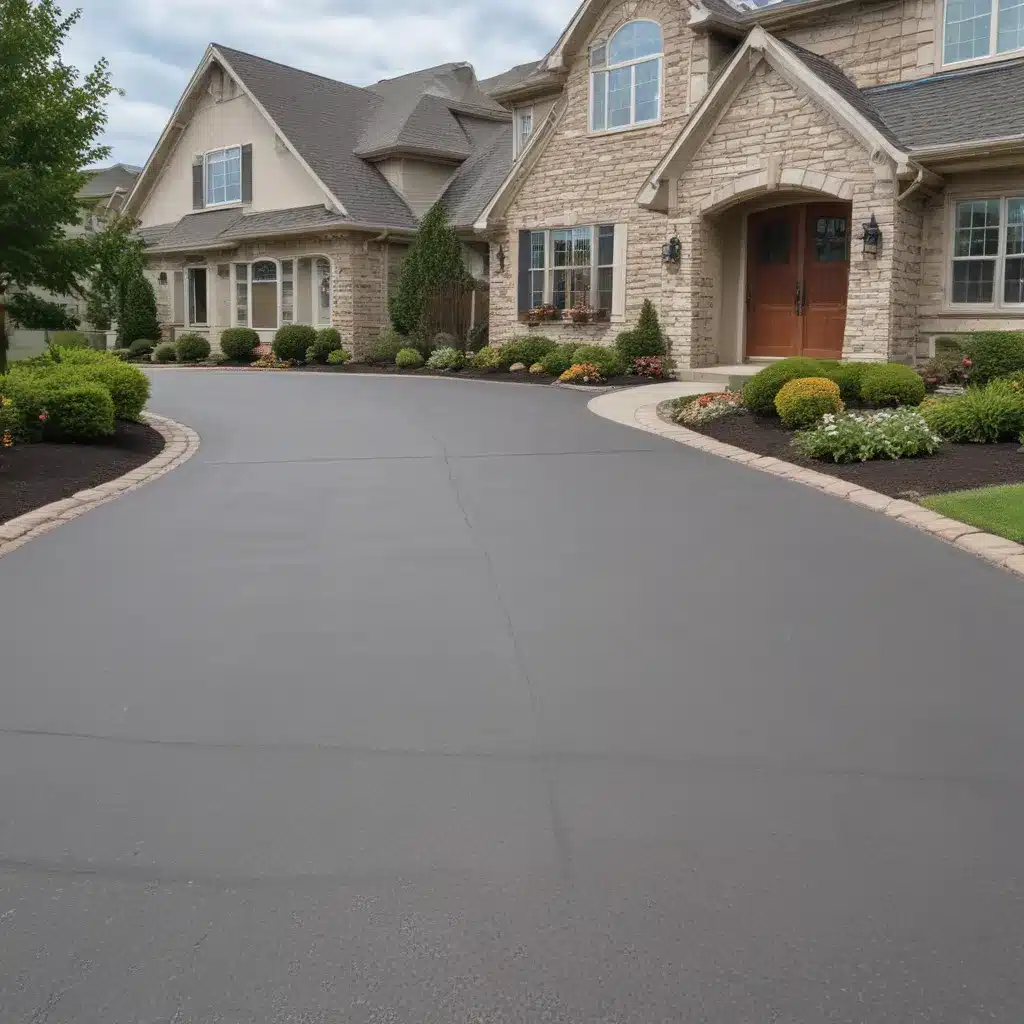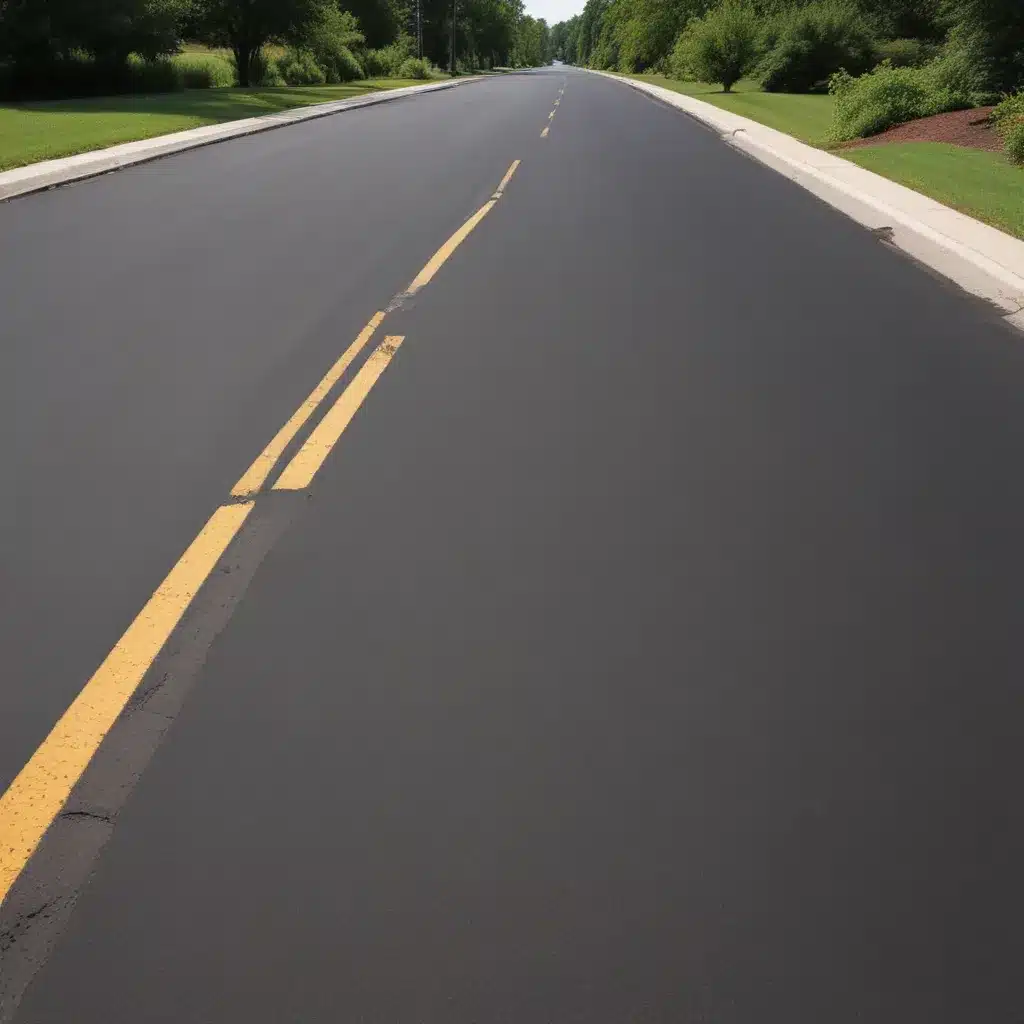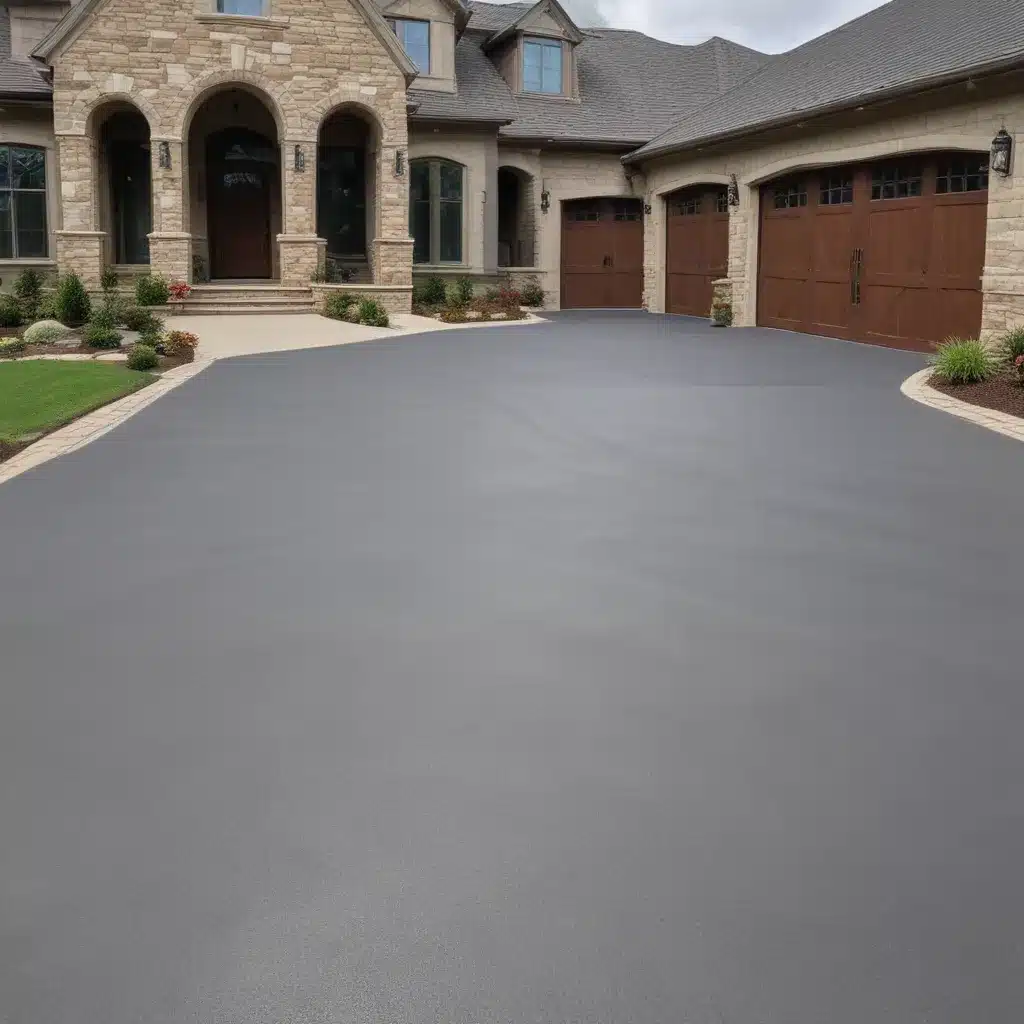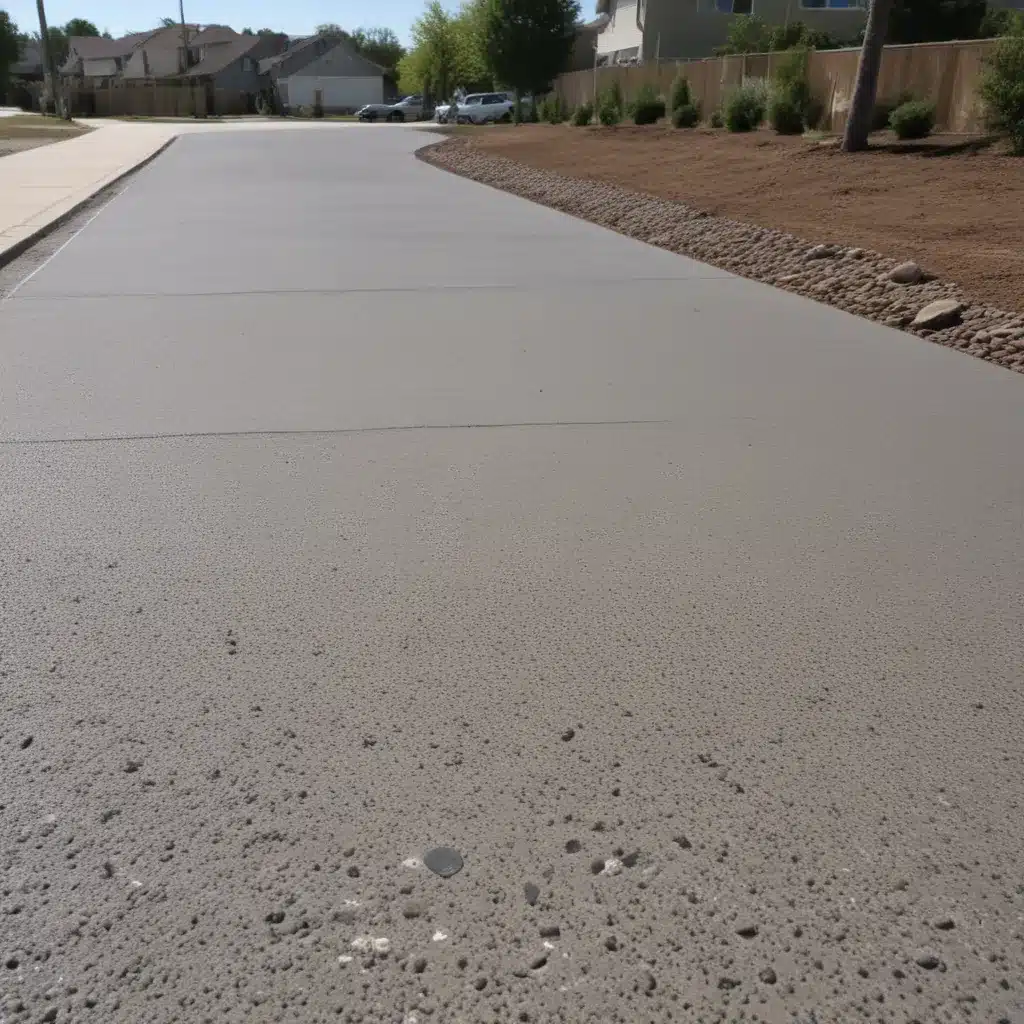The Driveway Dilemma: Finding the Ideal Width
As a homeowner, the width of your driveway is a crucial consideration that can significantly impact the functionality, aesthetics, and even the value of your property. It’s a delicate balance between accommodating your vehicle(s), ensuring smooth access, and maintaining a visually appealing outdoor space. Navigating this driveway dilemma can be a daunting task, but fear not – I’m here to share my expertise and guide you through the process of determining the perfect driveway width.
You see, I’ve been in the driveway services business for more years than I care to admit. I’ve seen it all – from the overly narrow driveways that leave you holding your breath as you squeeze your car in, to the unnecessarily wide expanses that make your home look like it’s trying out for a NASCAR pit crew. It’s a true minefield out there, and I’ve made it my mission to help homeowners like you find that sweet spot where form and function come together in perfect harmony.
Picture this: you pull up to your dream home, only to realize that your car barely fits in the driveway, and forget about trying to maneuver a second vehicle in. Or, on the flip side, you’ve got a driveway so vast that it’s practically begging for a helipad. Neither scenario is ideal, my friend. That’s why we’re going to delve deep into the world of driveway widths, exploring the factors that should guide your decision and the practical tips that can help you achieve the perfect fit.
Factors to Consider: Accommodating Vehicles and More
When it comes to determining the appropriate width for your driveway, there are several key factors to consider. Let’s start with the obvious – the size of your vehicle(s). After all, you’ll want to ensure that your car(s) can comfortably fit and maneuver in and out of the driveway without any unnecessary stress or scratches.
But it doesn’t stop there. You also need to think about the potential for future growth. Maybe you’ve got a compact car now, but who knows what kind of ride you’ll be cruising around in a few years down the line? And let’s not forget about those times when you’ve got a houseful of guests and everyone’s cars are vying for a spot. Trust me, you don’t want to be the neighborhood’s unofficial “double-parker.”
Another factor to consider is the layout of your property and the surrounding landscape. Is your driveway a straight shot, or does it have a few curves and turns? Do you need to account for any obstructions, like trees, bushes, or even that pesky mailbox that’s been there since the dawn of time? These elements can all play a role in determining the optimal driveway width.
And let’s not forget about the all-important issue of aesthetics. After all, your driveway is the first thing people see when they pull up to your home, and you want to make a great first impression, right? A driveway that’s too wide can look like a vast, impersonal expanse, while one that’s too narrow can feel cramped and uninviting. It’s a delicate balance, my friends, and one that requires a keen eye for design.
The Ideal Driveway Width: Crunching the Numbers
Alright, let’s dive into the nitty-gritty of driveway widths. According to industry standards, the recommended width for a single-car driveway is typically between 9 and 12 feet. This range provides enough space for your vehicle to enter and exit the driveway comfortably, with a little extra room for maneuverability.
But what if you’ve got two cars, or even more? In that case, you’ll want to aim for a driveway width of 16 to 20 feet. This additional width allows for side-by-side parking, making it easier for multiple vehicles to come and go without the dreaded “driveway dance.”
Now, I know what you’re thinking – “But what about my giant SUV/truck/monster truck?” (Okay, maybe not the last one, but you get the idea.) If you’ve got a larger vehicle, you may need to adjust those measurements accordingly. As a general rule of thumb, add an extra 2 to 4 feet to the recommended width to accommodate your bigger ride.
It’s also worth considering the length of your driveway. A shorter driveway may require a slightly wider width to ensure smooth turns and parking, while a longer driveway can often get away with a narrower width. And let’s not forget about the surface material – a paved driveway may need a bit more room than a gravel or brick option.
Putting it All Together: Designing the Perfect Driveway
Now that we’ve covered the key factors and the recommended widths, let’s talk about how to put it all together and design the perfect driveway for your home.
First and foremost, measure, measure, measure. Get out that trusty tape measure and gather all the necessary dimensions – the width and length of your driveway, the size of your vehicles, and any other relevant details. This information will be crucial in helping you determine the ideal width.
Next, consider your future needs. Are you planning on adding a second car to the mix down the line? Or maybe you’re thinking about investing in a larger vehicle for your growing family? Keep these potential changes in mind when deciding on the driveway width.
And don’t forget about the aesthetics! You want your driveway to complement the overall style and architecture of your home. Maybe a sleek, modern design would suit your contemporary abode, or perhaps a charming, winding driveway would be the perfect match for your cozy country cottage.
One more important tip: don’t be afraid to get creative with the materials. Sure, a plain old concrete slab is always an option, but why not explore the world of pavers, cobblestones, or even permeable paving solutions? These can not only add a unique touch to your outdoor space but also help with drainage and environmental sustainability.
The Final Verdict: Your Perfect Driveway Awaits
Well, there you have it, my friends – the ultimate guide to determining the perfect driveway width. From accommodating your vehicles to considering the aesthetic appeal, we’ve covered it all. Remember, there’s no one-size-fits-all solution when it comes to driveways, so be sure to carefully consider your individual needs and preferences.
And if you’re still feeling a bit overwhelmed by the process, don’t worry – that’s where I come in. As a leading provider of driveway services in Warrington, I’ve got the expertise and the resources to help you design and install the driveway of your dreams. So what are you waiting for? Let’s get started on your perfect driveway fit!
